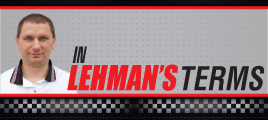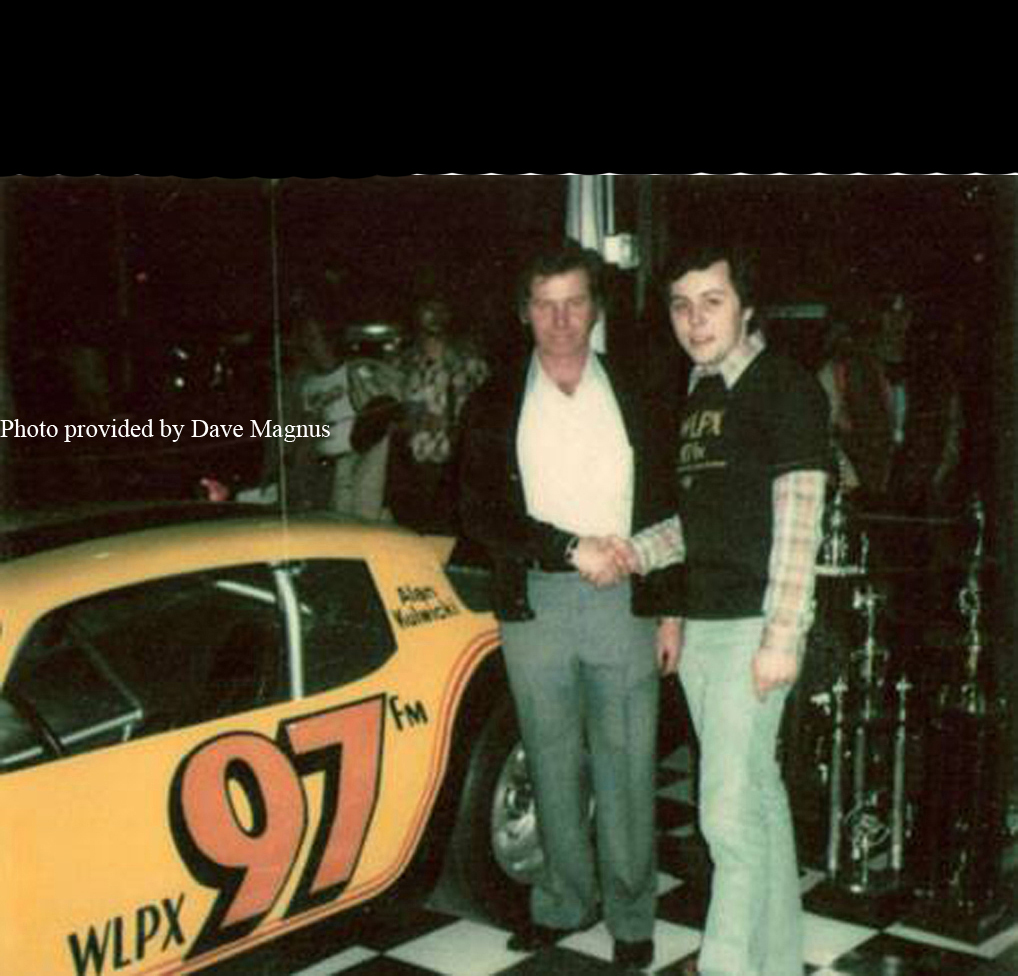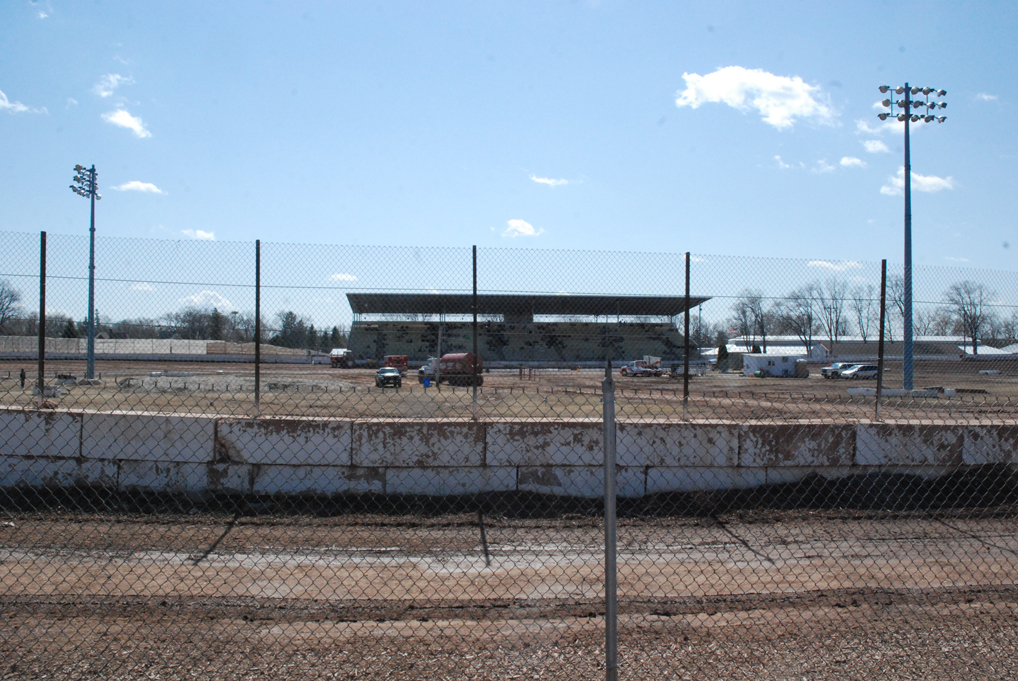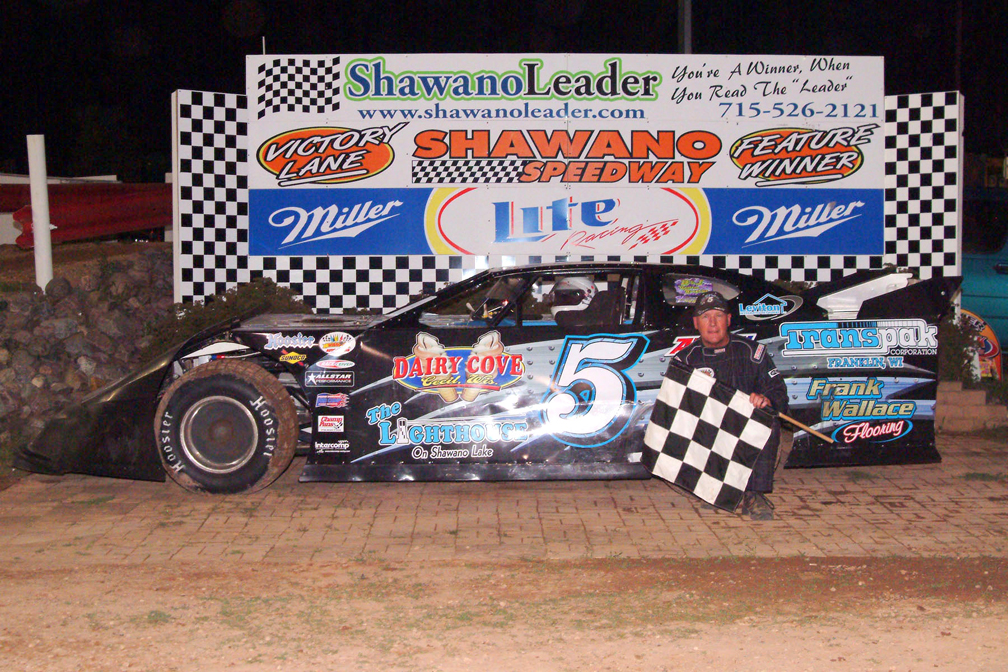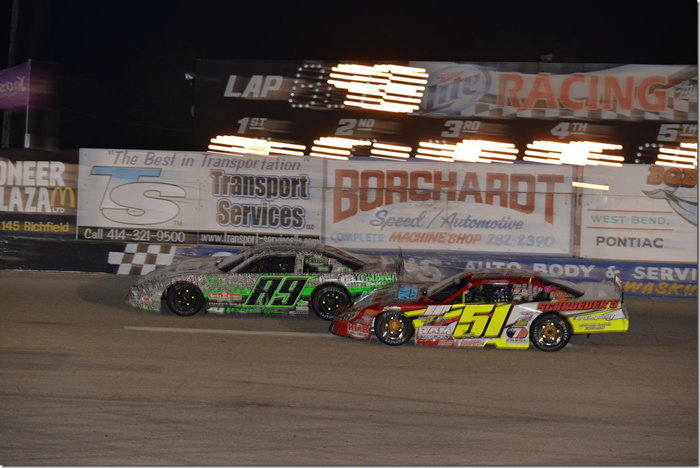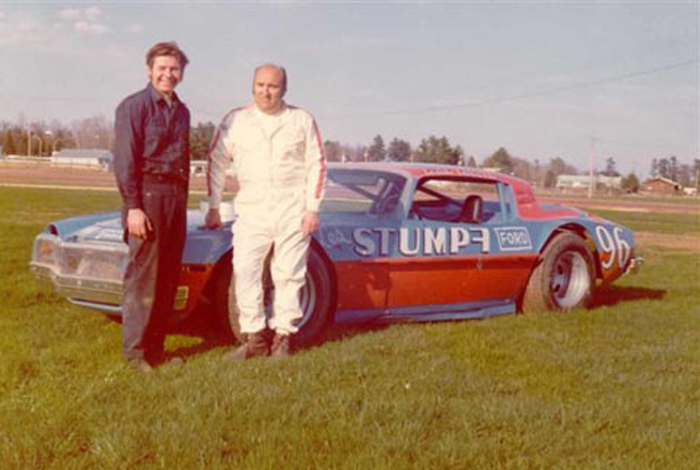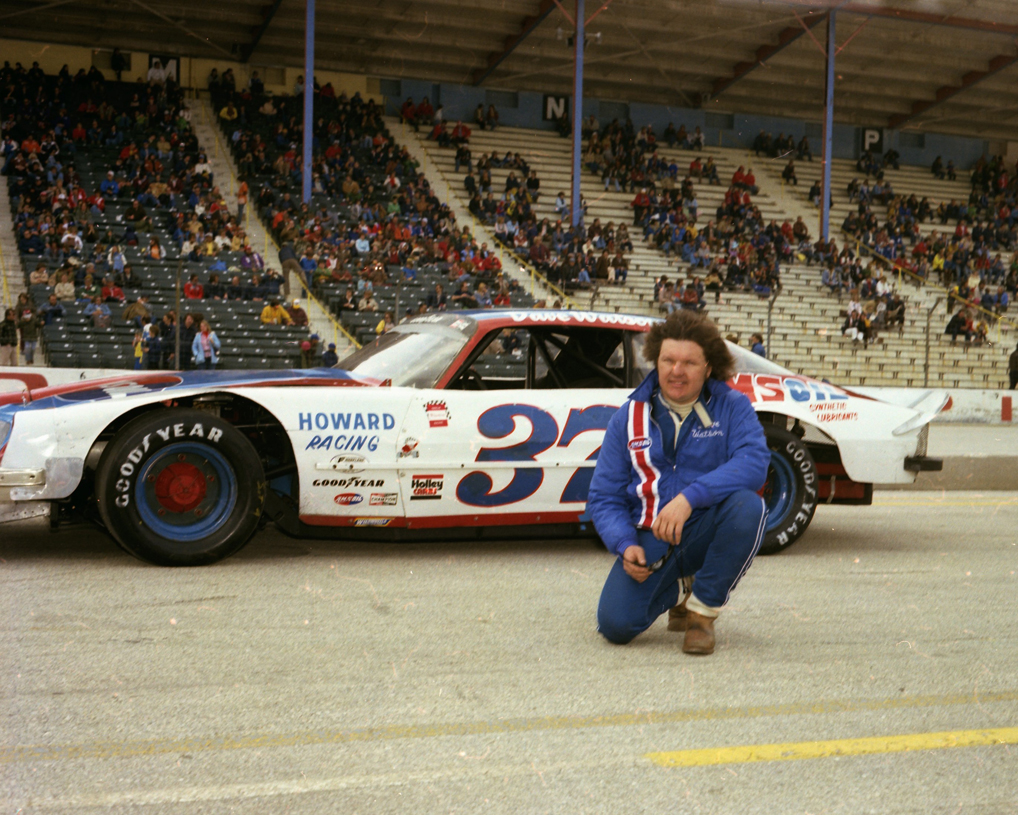Can Wisconsin support a larger Cheesehead Modified Series?
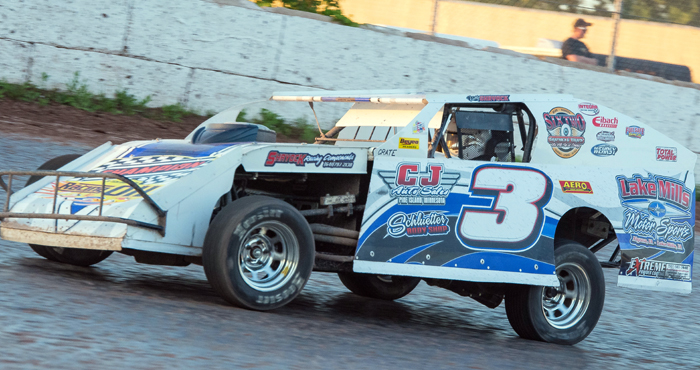
By Bert Lehman
Editor
If you are a fan of dirt Modified racing I hope you had a chance to witness the four nights of racing the Cheesehead Triple Crown Series provided June 22-25 at 141 Speedway, Oshkosh Speedzone Raceway and Shawano Speedway.
The $10,000-to-win Clash at the Creek event at 141 Speedway has been a fixture on my racing calendar since its inception in 2013. Last year the Cheesehead Triple Crown was introduced in an effort to attract more traveling drivers to Northeast Wisconsin for four nights of racing.
I would say it was a soft introduction in 2015, as there wasn’t a lot of hubbub about the series at the time.
That definitely wasn’t the case for the series this year as there was plenty of buzz about it. I won’t go into details here, as we have two articles in this month’s issue of Full Throttle pertaining to the Cheesehead Triple Crown Series and the races that were part of it. What I do want to focus on is the future of the series.
After speaking with IMCA Modified drivers at this year’s Cheeshead races I feel the Cheesehead Triple Crown Series has a bright future ahead of it. I feel it also has the potential to grow. Several drivers compared it to the Dakota Classic Modified Tour held each summer in North Dakota.
The Dakota tour started in 1990 as a three race series at three different tracks. It quickly expanded to a seven race series. While researching the Dakota tour I found that the Dakota tour has had its issues that it had to deal with, most notably the sanctions of the tour. It was originally sanctioned by WISSOTA, but is now sanctioned by IMCA.
This year’s schedule included six straight nights of racing at six different tracks. There was also a post-tour race that pays $10,001 to the victor.
Could Wisconsin handle such a series?
I think the current Cheesehead Triple Crown Series is a good start, and could expand if promoters feel that is best for the series. There are definitely enough dirt tracks in Wisconsin to add to the schedule. The question would be which tracks to add.
One thing to consider when pondering which tracks to add, would be how close together organizers would want the tracks to be to each other. If all the tracks are in a close proximity you run the risk of fans not having enough discretionary income to attend enough races to make if financially viable for promoters. But the tracks need to be located in areas where competitors are located to help ensure good car counts at each track.
In 2015 each race of the Dakota tour paid $2,100-to-win which is less than what the Cheeshead races paid.
Even if the Cheesehead Triple Crown Series doesn’t becomes a larger tour, in terms of the number of races, maintaining the three races it has and building on each night’s racing event is key to its future success.
One thing I would like to see in the future is the crowning of an overall champion for the three race series. I tabulated point standings using the IMCA point structure for feature finishes for all three features. Using that structure, Iowa’s Kelly Shryock would have won the Cheesehead Triple Crown Series championship by three points over Marcus Yarie.
One thing I also want to point out is I like that race promoters are working together for the betterment of the sport. Hopefully that continues.
I look forward to the Cheesehead Triple Crown Series in 2017.
Here is the top five in the mythical points standing if points had been tabulated.
| Kelly Shryock | 32 | 38 | 38 | 108 |
| Marcus Yarie | 35 | 36 | 34 | 105 |
| Mike Mullen | 39 | 30 | 33 | 102 |
| Benji LaCrosse | 40 | 32 | 18 | 90 |
| Kyle Strickler | 20 | 29 | 31 | 80 |
(This article appeared in the July 2016 issue of Full Throttle magazine.)

